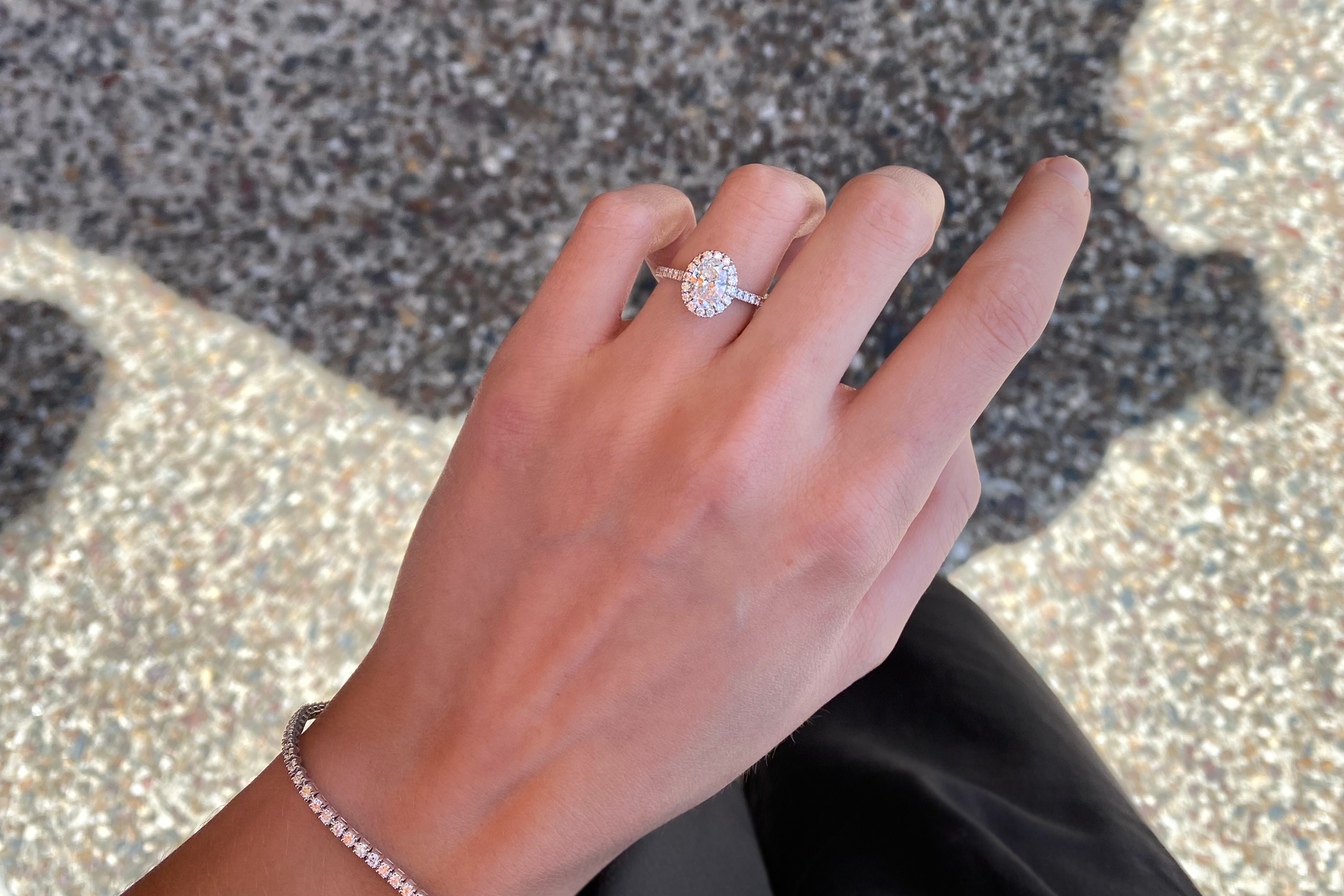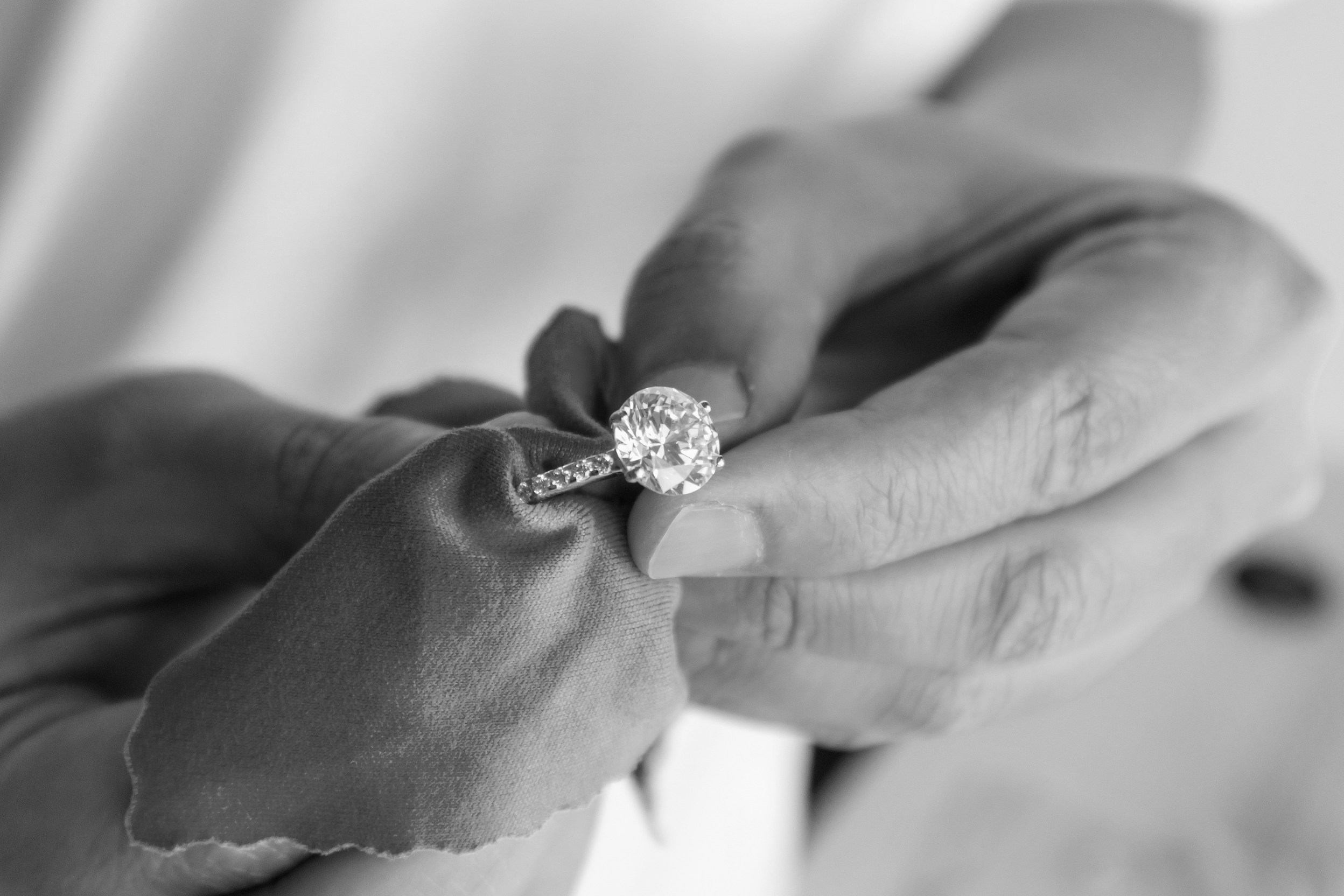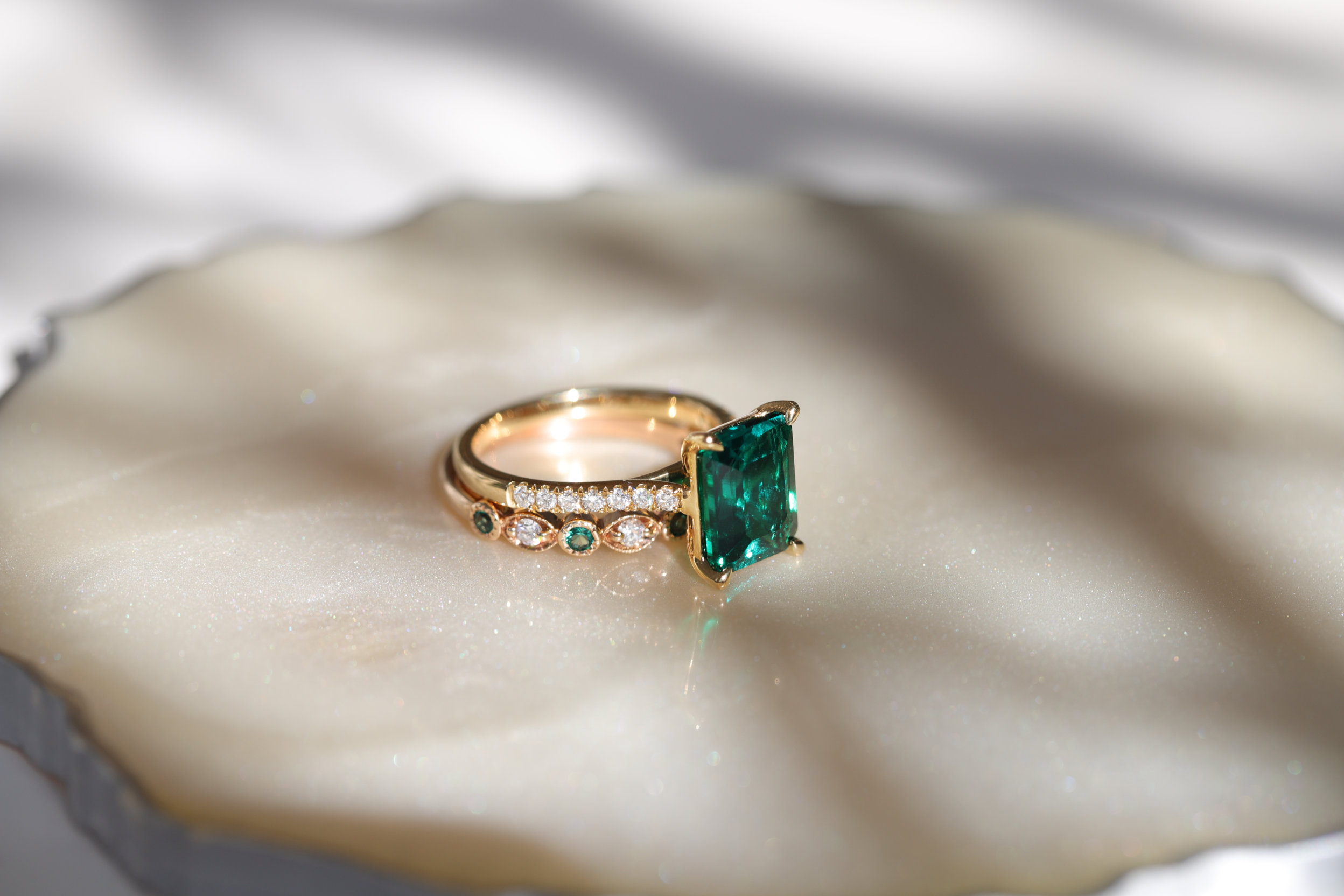Lab-Grown vs. Natural Diamonds: A Comprehensive Comparison

Introduction
When it comes to choosing a diamond, whether for an engagement ring, a special piece of jewelry, or a custom design, the debate between lab-grown and natural diamonds is becoming increasingly relevant. As a family-owned jewelry store specializing in these precious moments, we understand the importance of making an informed decision. This comprehensive comparison aims to shed light on the key differences and similarities between lab-grown and natural diamonds, helping you choose the one that best fits your needs.
1. Formation Process
- Natural Diamonds: Formed over thousands of years under extreme pressure and heat deep within the Earth's mantle, natural diamonds are mined and then cut and polished to reveal their brilliance.
- Lab-Grown Diamonds: These are created in a controlled laboratory environment using advanced technological processes that mimic the Earth's natural diamond-forming conditions. The most common methods are High Pressure-High Temperature (HPHT) and Chemical Vapor Deposition (CVD).
2. Physical and Chemical Properties
- Both lab-grown and natural diamonds: They are chemically identical, made of carbon atoms arranged in a diamond crystal lattice. This means they share the same physical properties, such as hardness, and refractive index.
3. Appearance
- Indistinguishable to the Naked Eye: To the unaided eye, lab-grown and natural diamonds look the same. It often takes a trained gemologist with specialized equipment to tell them apart.

4. Environmental Impact
- Natural Diamonds: Their mining process can be environmentally intensive, requiring the displacement of large amounts of earth.
- Lab-Grown Diamonds: They are often touted as more environmentally friendly, as they do not require mining. However, their creation does require significant energy consumption, although advances in technology are continually reducing this footprint.
5. Ethical Considerations
- Natural Diamonds: The mining of natural diamonds has been associated with various ethical concerns, including worker exploitation and funding conflicts. The industry has made strides in addressing these issues through initiatives like the Kimberley Process.
- Lab-Grown Diamonds: They offer an ethical alternative, free from the concerns associated with mining.
6. Cost
- More Affordable: Lab-grown diamonds typically cost 20-40% less than natural diamonds of similar size and quality. This affordability is due to the shorter supply chain and less labor-intensive production process.
7. Resale Value and Rarity
- Natural Diamonds: They are often perceived as more valuable in the long term due to their rarity and historical significance.
- Lab-Grown Diamonds: While they are real diamonds, their resale value can be lower, as they are easier to produce and are becoming more common in the market.

8. Choosing What's Right for You
The choice between a lab-grown and a natural diamond is a personal one. It depends on factors like budget, ethical considerations, and personal values. Whether you value the timeless nature and rarity of natural diamonds or the ethical and cost-effective advantages of lab-grown alternatives, both offer beauty and durability for your special piece.
Conclusion
At My Jewellery Shop, we believe in providing our customers with all the information they need to make a choice that’s right for them. Whether you choose a lab-grown or a natural diamond, we are here to ensure that your jewelry – be it an engagement ring, a wedding band, or a custom design – is perfect in every way, reflecting your values and story. Contact us today to explore our exquisite collection and find the diamond that resonates with your heart.



